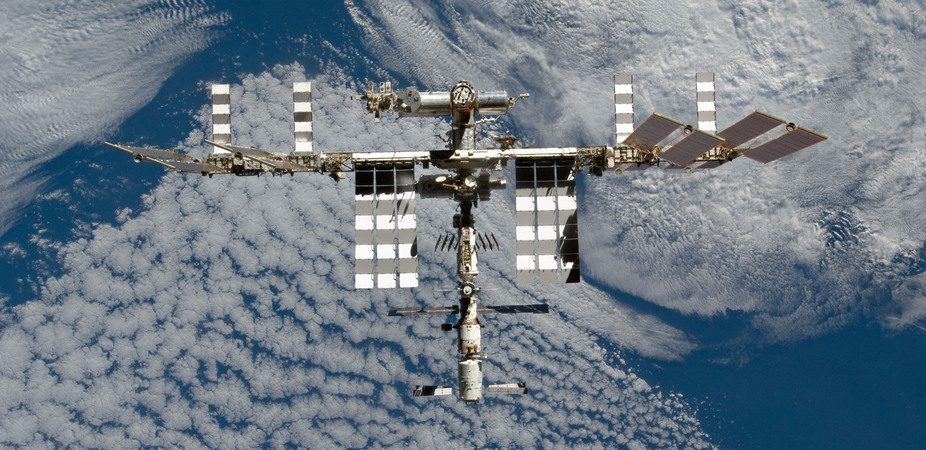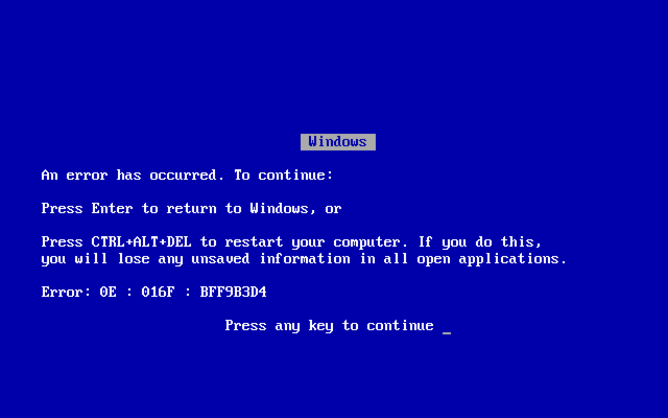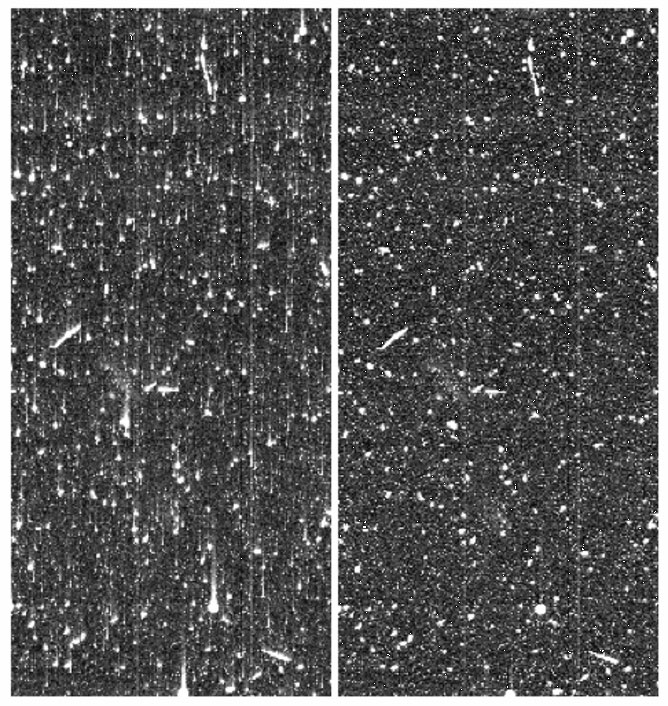
This article was originally published at The Conversation. The publication contributed the article to Space.com's Expert Voices: Op-Ed & Insights.
Space may seem calm, but it is a more hostile environment than that on Earth. Invisible radiation is a big problem for space enthusiasts and scientific instruments. Substituting electronic devices to do human tasks reduces risk, but it doesn’t eliminate all risk.
Every active device in space is dealing with such risks right now – be it Rosetta the comet chaser or the satellite responsible for streaming live sports. These cause many problem for designers of space instruments, on which millions of taxpayer’s money is spent and which are out there to collect important information and provide vital services.
Beyond the risk of colliding with other objects in space, there are four main dangers for such electronic devices: the empty vacuum, extreme temperature variability, small meteorite impacts and radiation damage.
The temperature variation in space can be enormous. If an astronaut’s back is facing the sun and the front is not, the temperature difference can be as much as 275°F. The vacuum force in space is large too, which can cause any unsealed instruments to break apart. But both sensitivity to vacuum and temperature change are relatively easy to deal with, and can also be monitored with simple sensors on board the device.
Small meteorite impacts are hard to predict but remain rare. What causes the most damage is the the constant flux of radiation in the form of high energy particles. These particles cause permanent damage to electronics, which causes them to become unreliable over time and eventually fail.
There are three main radiation sources in space. The first source consists of galactic particles, originating within the Milky Way, along with extra-galactic particles, originating beyond the Milky Way. These can be very high energy, for example the “Oh-My-God particle”, which was a proton that had the energy equivalent to “a brick falling on your toe”. The second source consists of solar particles, forming the solar wind, which are expelled by the sun and are lower energy but much more numerous. The third source consists of trapped particles, which form invisible belts around planets with a strong enough magnetic field, such as that of the Earth. These last two sources fluctuate with solar activity, which follows an 11-year cycle.
Breaking space news, the latest updates on rocket launches, skywatching events and more!
The effects of the most energetic particles are classified as “single event effects” (SEEs). These involve particles which are capable of causing the dreaded “blue screen of death”.
The damages can alter values stored in the memory and processors of digital devices, which can make them stop functioning at the most basic level. One way to deal with such damage is to use many memory cells to hold the same value, and compare values constantly to ensure that information only changes when an update is made to all memory cells at the same time.
The gradual accumulation of damage from high-energy particles on Charge-Coupled Devices (CCDs) (also found in digital cameras) are of more serious concern to scientists. The accuracy of the measurements needed to perform science is so great that any slight damage to these cameras can alter the data received from them.
You can see effects of this damage in a lot of the videos by astronaut Chris Hadfield on board the International Space Station. In full screen and streaming at highest quality, you will find white spots in the darker areas of the picture. These are caused by radiation damage to the sensor, which allows signal to be created by the temperature of the device, rather than the meaningful light particles which form the image.
Although shielding the components can give some effective prevention of radiation damaging the electronics, camera sensors always need an open path in order to take images. Shielding can also create secondary radiation when a damaging particle hits the shield, setting another particle loose.
Sometimes the entire spacecraft design can cause unexpected radiation effects. For example the Chandra X-Ray Observatory launched in 2002 had a design that allowed protons and ions to be focused onto the CCD sensors through grazing from the telescope mirrors. Worse still, these protons were of the precise energy needed to stop inside the charge carrying region of the device, depositing the majority of their energy there, and increasing the damage during transit through the Earth’s radiation belts.
Although we can heat the sensors in orbit to heal the damage, it is never completely repaired. New methods to deal with the damage are finally coming up with workable solutions. One involves a new type of sensor that captures images using the holes left behind by electrons to capture the image, instead of the electrons themselves. Another involves better processing of the images to counter the damage caused by radiation.
Understanding such damage is becoming more important as scientists need even more sensitive cameras to go in space. For example European Space Agency’s (ESA) Euclid mission is trying to measure the presence of dark matter by detecting the slight change in the shape of galaxies.
Thanks to Albert Einstein’s work, we know that light passing by heavy objects is bent ever so slightly. Dark matter is proposed to make up nearly quarter of all mass in the universe, so to find its presence, the Euclid mission will measure the bending caused by such matter to the light received from galaxies. The bending is so small that if radiation damage is not understood and dealt with, the damage could mask the effects Euclid is looking for.
Just like the Euclid mission, JUICE, another ESA mission due to launch 15 years from now, will spend seven years travelling to Jupiter, resulting in already heavily damaged sensors before science is even able to start. What makes matters worse is that Jupiter has trapped radiation belts of high energy electrons, creating an extremely harsh environment to perform science in. As we continue to develop deeper understanding of effects in sensors, we can extend the useful lifetime of space missions and perform more accurate science.
Next, read this: Cleaning up space debris with sailing satellites
Ben Dryer receives funding from e2v technologies plc., who manufacture scientific CCDs.
This article was originally published on The Conversation. Read the original article. Follow all of the Expert Voices issues and debates — and become part of the discussion — on Facebook, Twitter and Google +. The views expressed are those of the author and do not necessarily reflect the views of the publisher. This version of the article was originally published on Space.com.
Join our Space Forums to keep talking space on the latest missions, night sky and more! And if you have a news tip, correction or comment, let us know at: community@space.com.




